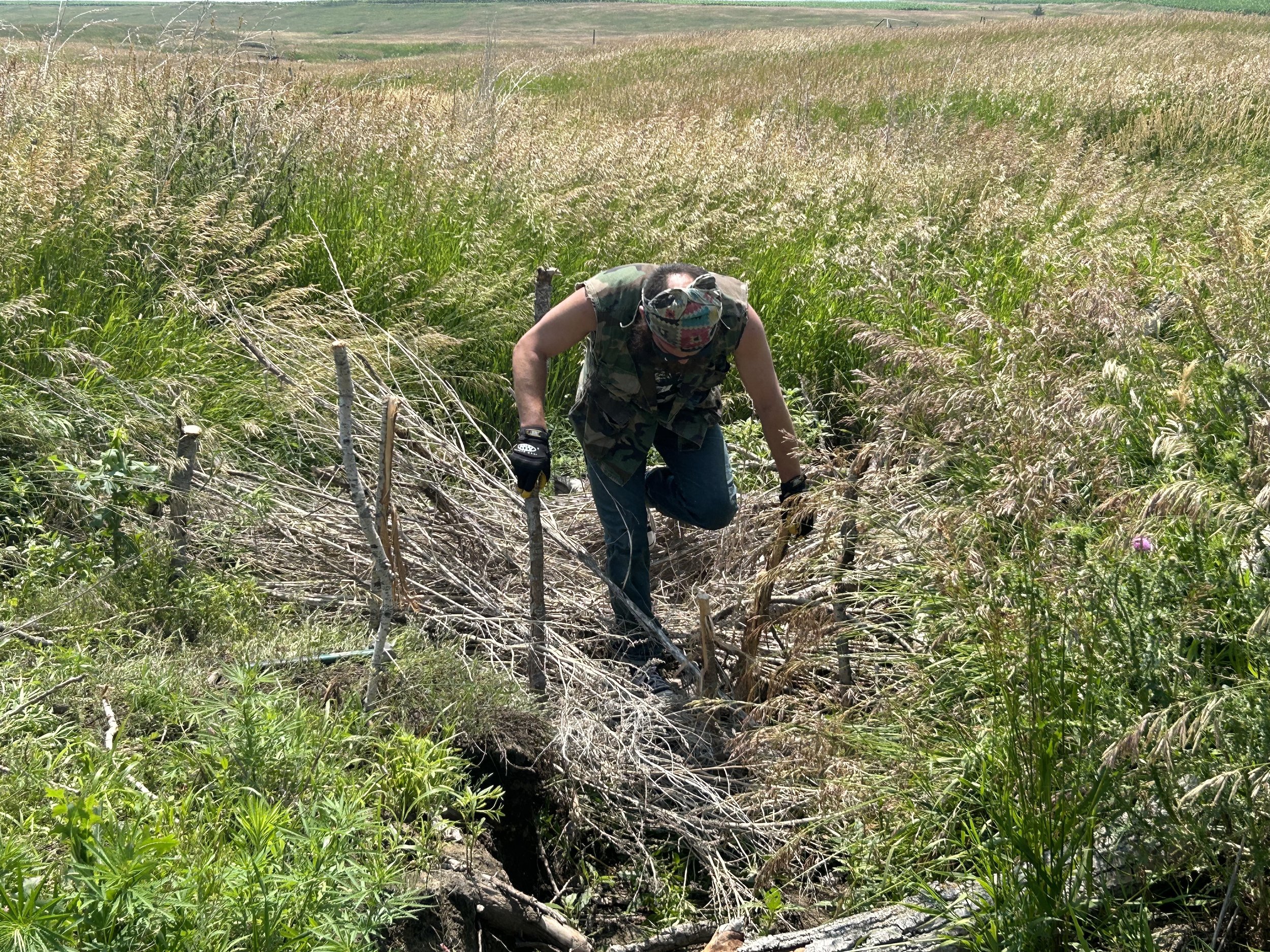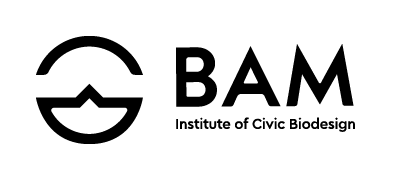
Mission and Structure
Mission and Structure
Civic biodesign requires a curricular structure that facilitates such unique learning. BAM Institute for Civic Biodesign is a unique higher education program dedicated to raising up emergent leaders who deploy whole-system, regenerative strategies through immersive learning in embedded community contexts. The curricular architecture matches the mission of the institution.
Emergent
Projects require iteration. They involve repeat false starts, dead-ends, and redirects. They are messy but evolutionary, thus helping fellows become antifragile. Competencies, while clearer and more linear, are designed for emergent maturity, helping fellows get over the bar little by little. Moreover, competencies welcome fresh customization of pathways by which proficiency is demonstrated.
Whole-system
Events exhibit various forms of whole-system thinking. Projects require interdisciplinary, inter-system action. Competencies are brought in to make sure that multiple factors are being considered.
Regenerative
BAM events feature regenerative strategies and projects move toward regenerative solutions. Competencies in the BAM library are often elements of system renewal.
Immersive
BAM events are hands-on. So are the projects, which require civic biodesign in action. Various demonstrations of competency are done with authentic (that is, real-world) assessments.
Embedded
Projects are conducted in actual civic spaces, designing for actual communities. Competencies regularly call upon assessment from individuals in a fellow’s civic network.
